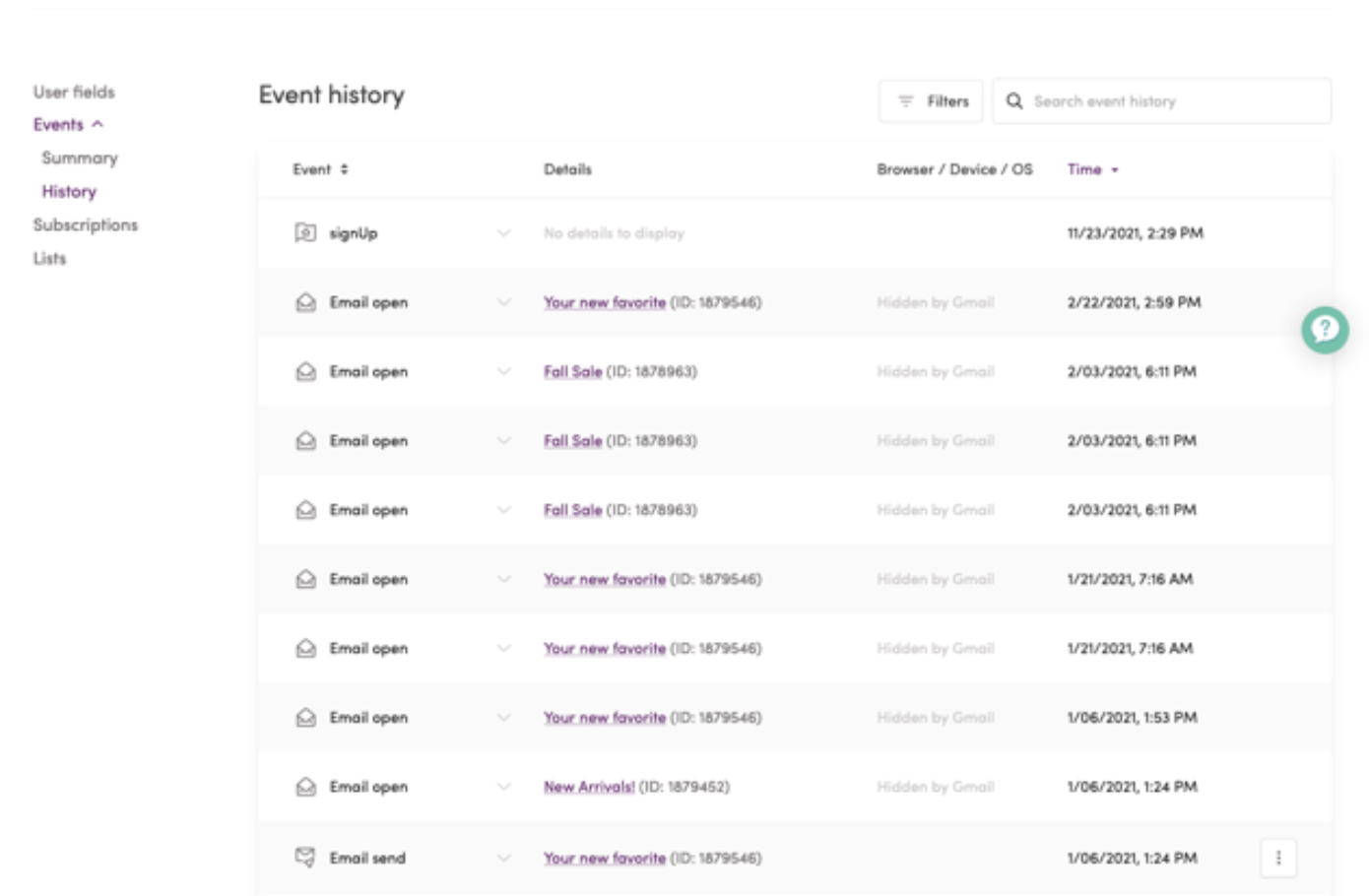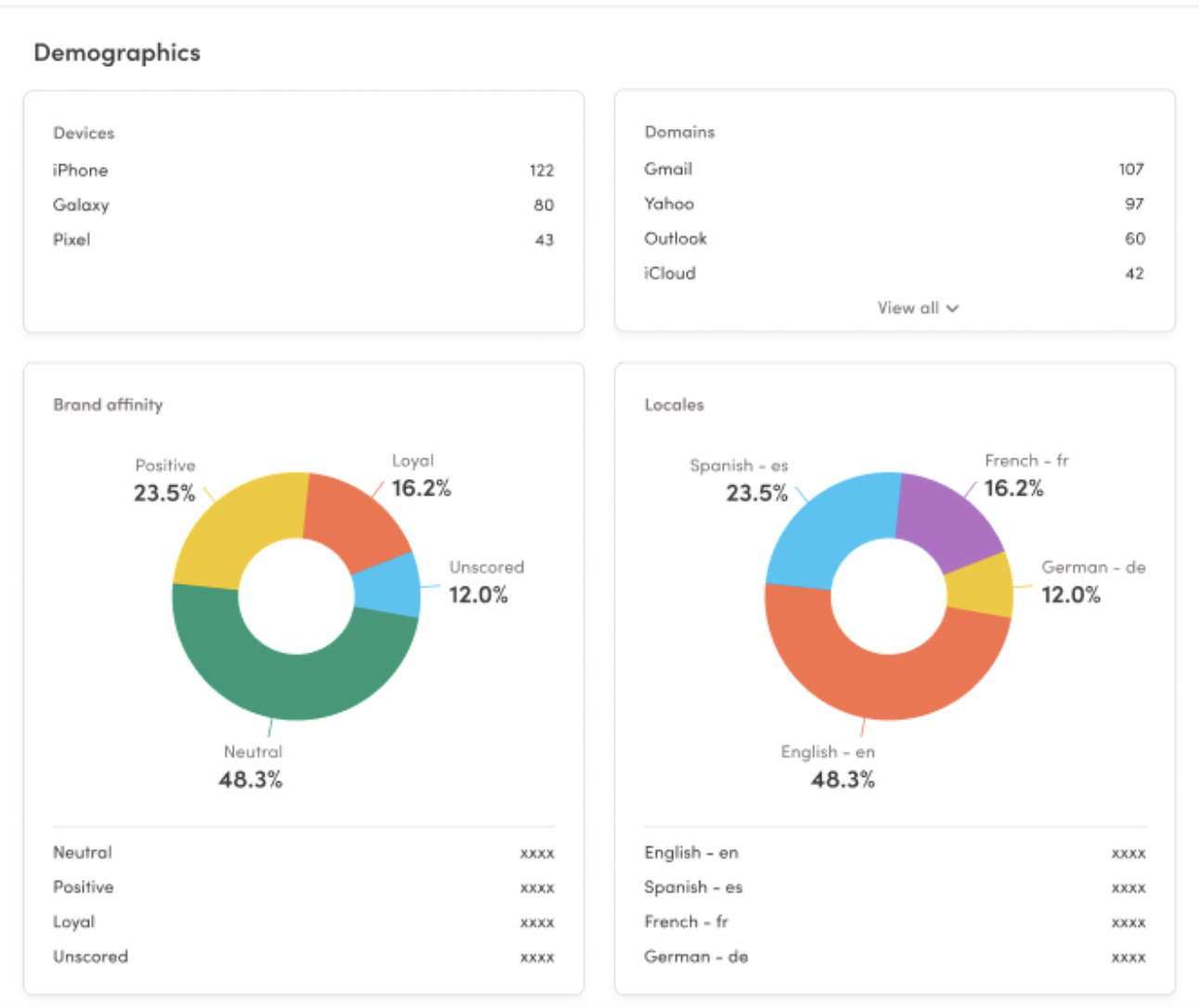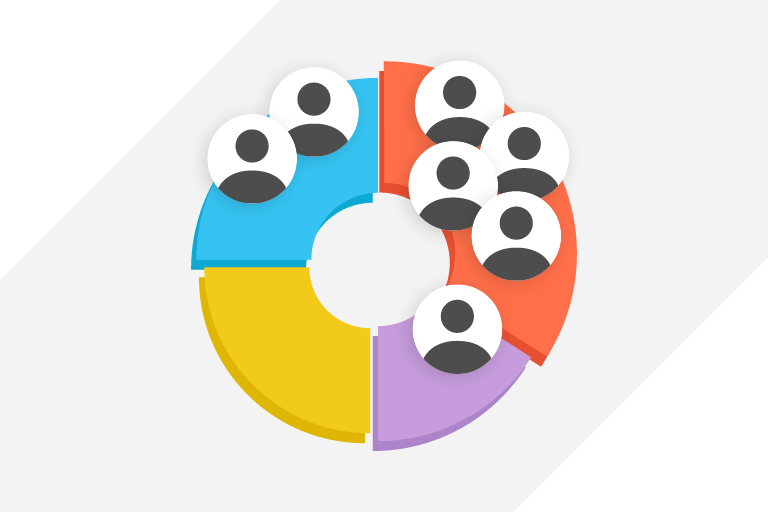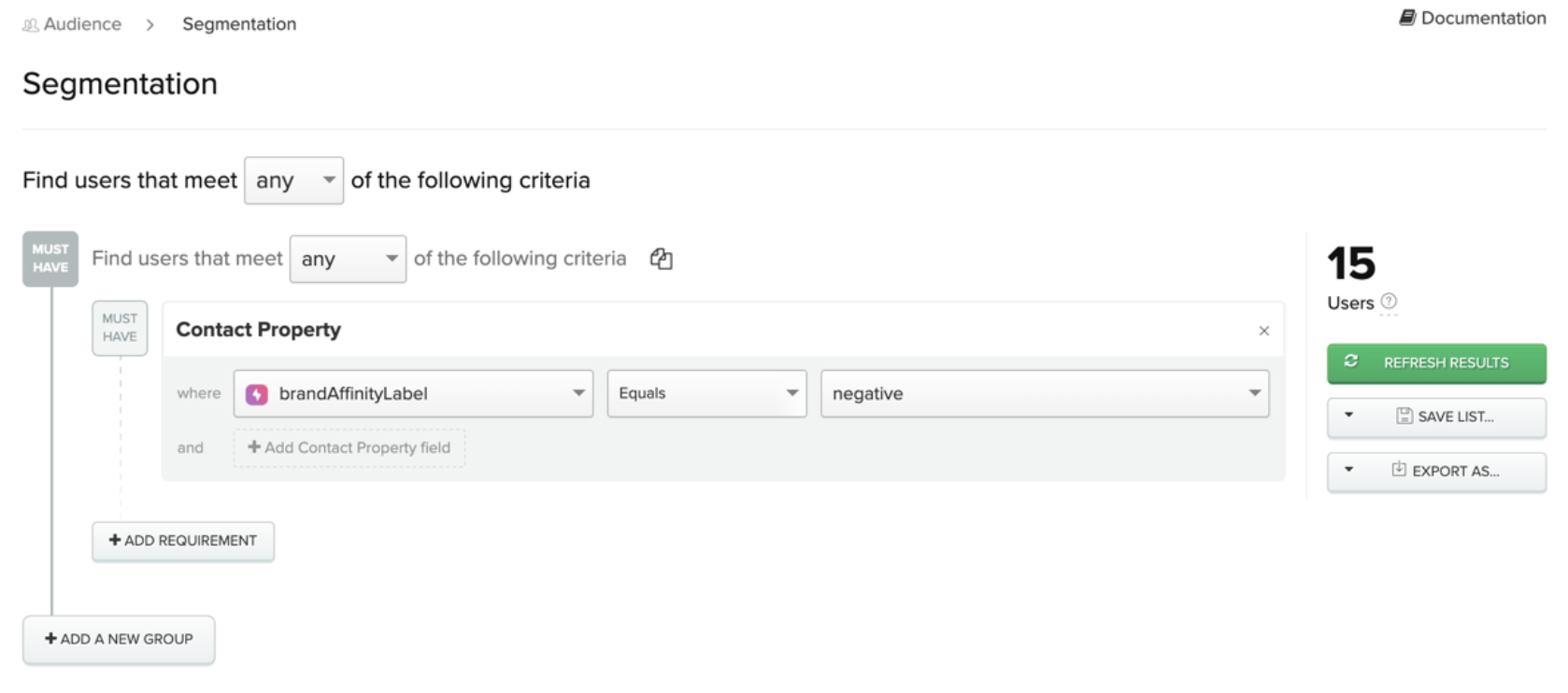Audience segmentation has become table stakes for marketers—so much so that we often take it for granted. When every campaign involves grouping customers based on similar preferences or user attributes, segmentation can hold as much excitement as other daily tasks, like making the bed or brushing our teeth.
But that’s not giving segmentation the credit it deserves.
We’re diving deeper into Iterable’s segmentation tools and revealing features you may not know you already had at your fingertips. Knowledge is power, and knowing more about audience segmentation will make your marketing unstoppable.
1. Benefit From Historical Trends With a Longer Lookback
Segmentation is a core feature of most modern marketing platforms, but did you know not all of them grant you access to your historical customer data? Some vendors only offer a 30-day lookback window—unless, of course, you pay extra for a longer range.
This may suffice for certain types of businesses that rely heavily on very recent customer interactions, but falls short when it comes to companies with longer or more complex sales cycles. If households are only buying a mattress every ten years, for example, how useful is it if you can’t access a customer’s lifetime data?
By default, Iterable stores customer data in perpetuity, without additional cost, and does not restrict access to historical data. This allows you to benefit from a wider variety of segmentation use cases, such as:
- Rewarding legacy customers for how long they’ve made certain purchases
- Personalizing messaging based on product usage or purchase frequency
- Using patterns in certain markets or segments to guide future campaigns


The Event history provides details about system and custom events that Iterable has saved for the user you’re inspecting.
2. Directly Access Your Business Data With Catalog
Catalog has been a robust part of the Iterable platform for years. It provides a way to store and activate important business and e-commerce data, like store locations, product inventory, and text variations. This enables dynamic recommendations, which you can automatically populate within your customer communications.
But Catalog data can also be accessed during segmentation (currently in beta). This can be used as search criteria to help identify specific groups based on purchase history. For example, customers of a food delivery service who have ordered from restaurants located in a certain San Francisco neighborhood or customers of a streaming app who have recently watched a movie from the romance genre.
This functionality is important because now marketers don’t have to duplicate data on their user profiles just to leverage valuable business information. This makes it easy to activate customer segments at a more granular level, so you can match people with the products and content they’ll love the most.


Catalog’s greatest strength lies in its flexibility. Marketers control how and where Collection content is used across your digital channels.
3. Identify Customer Sentiment with Brand Affinity
Marketers have always been on the hunt for their VIPs—the loyal customers who will keep coming back again and again. It’s standard to segment audiences based on metrics that indicate brand adoration—like purchase frequency, average order value, or a loyalty program tier.
But AI can take this type of segmentation even further. Iterable’s Brand AffinityTM uses Iterable AI to label your users based on their level of engagement with your brand. You can use these labels to send more personalized and relevant messages.
When you’re in Iterable’s segmentation tool, simply select Contact Property and choose field brandAffinityLabel. Select Equals as the operator and enter one of the following values (in all lowercase): loyal, positive, neutral, negative, or unscored.
Whether you want to provide higher discounts to your loyal customers or improve open rates by suppressing sends to negative users, Brand AffinityTM can take your audience segmentation to the next level.
4. Gain Deeper Customer Knowledge with Audience Insights
As your business grows, it can be harder to provide an individualized customer experience at massive scale. If your subscribers are little more than email addresses, then how can you speak to them as intimately as their friends?
Iterable’s Audience Insights allows you to get a better understanding of your users by displaying actionable behavioral and demographic data from lists you’re already using.
You can discover a treasure trove of information, including:
- Where your users are located
- What locales they prefer
- The mobile devices and email domains they use
- Their Brand Affinity status
- Their total and unique purchases
- Their revenue and average order value
- Their conversion and unsubscribe rates


View detailed segment demographics in Iterable’s Audience Insights.
You can also see where a segment is being used, in campaigns, journeys, and other lists. And for more specific use cases, you can add custom insights for any conversion event and user profile field.
For example, to learn if users in a certain segment open your emails and subscribe to your newsletter, you can add a custom behavioral insight for the Email Open conversion event, and another the custom conversion event you use to track newsletter subscriptions.
With Audience Insights, you can make more informed decisions about your various customer segments and improve the effectiveness of your marketing campaigns.
More to Come on the Segmentation Front
As you can see with these innovative features, Iterable never treats segmentation as table stakes. There are always better, more individualized ways we can group our customer cohorts.
Expect to see more modernization in Iterable’s segmentation tool as we revamp our user interface and offer new methods of building and organizing your lists. Whether you’re just getting started with segmentation or looking to become more sophisticated, we want to provide a superior experience.
To learn the latest with Iterable’s audience segmentation and see it in action, schedule a custom demo today.

































